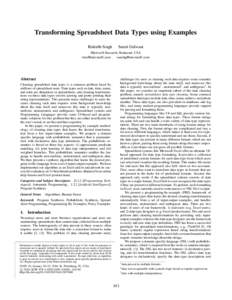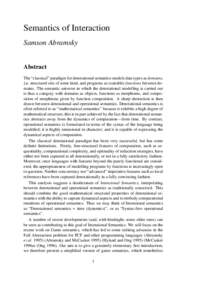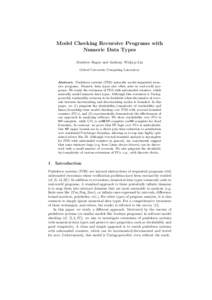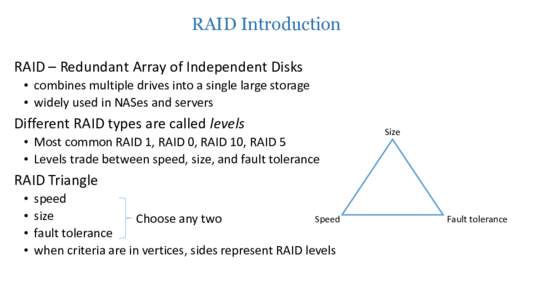<--- Back to Details
| First Page | Document Content | |
|---|---|---|
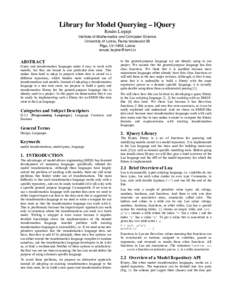 Date: 2012-09-25 06:20:12Object-oriented programming languages Abstract data types Data types Functional programming Object Combinatory logic Objective-C Associative array Self Object-oriented programming Iterator First-class function |
Add to Reading List |
 Library for Model Querying – lQuery Renārs Liepiņš Institute of Mathematics and Computer Science University of Latvia, Raina boulevard 29 Riga, LV-1459, Latvia
Library for Model Querying – lQuery Renārs Liepiņš Institute of Mathematics and Computer Science University of Latvia, Raina boulevard 29 Riga, LV-1459, Latvia 